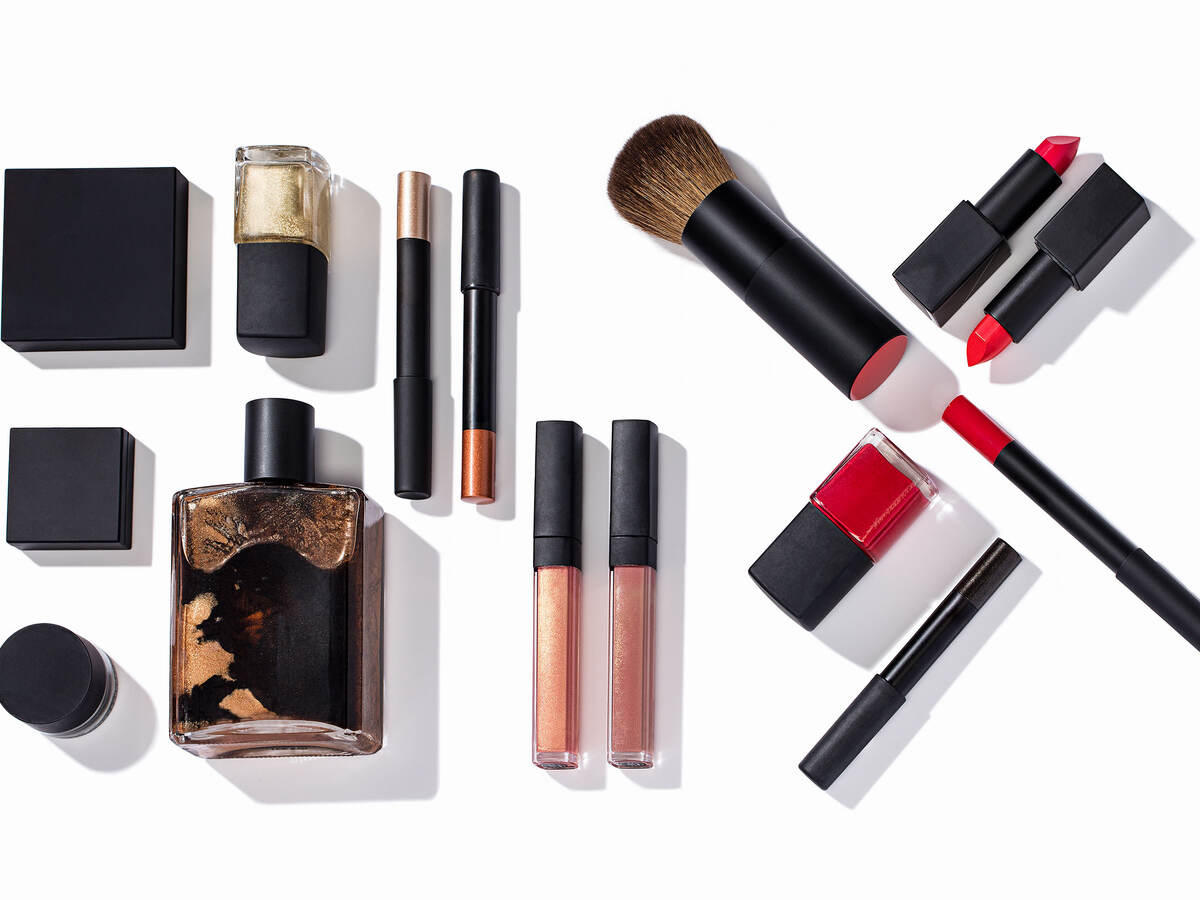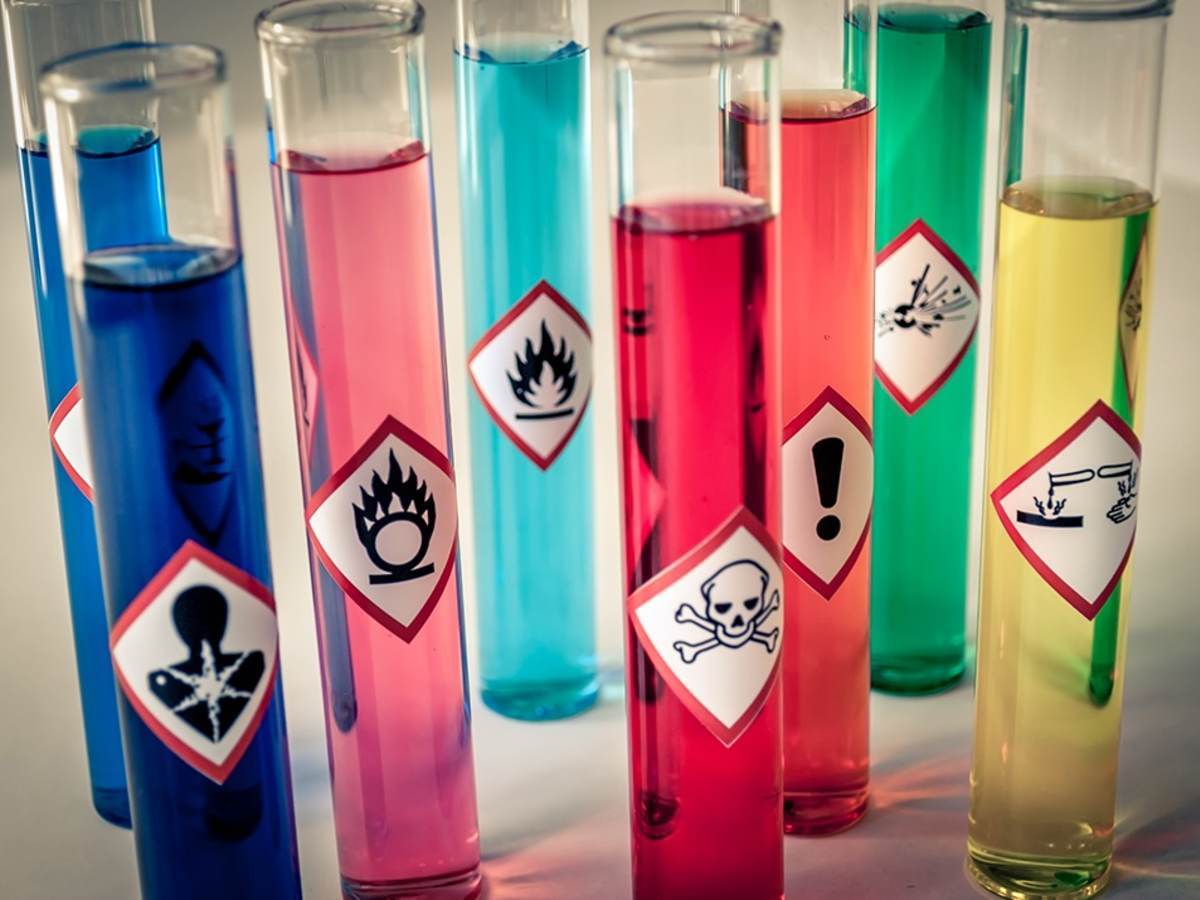April 12, 2024
By Lily Hou, PhD, CHMM, Regulatory Affairs Lead, Supply Chain team, UL Solutions
Starting from December 31, 2025, non-hazardous cosmetic products that contain a hazardous ingredient will become legally required to comply with the New Zealand Cosmetic Products Group Standard. The new requirement is a part of the amended Cosmetic Products Group Standard 2020, released by the New Zealand Environmental Protection Agency (EPA) on January 30, 2024.
Background
In New Zealand, the primary rules that cosmetics must comply with are the Cosmetic Products Group Standard 2020. The group standard regulates a cosmetic product in mainly two areas: one is controlling the safety of its ingredients by specifying prohibited ingredients, restricted ingredients, and allowed colorants, preservatives and UV filters; the other is setting out conditions for compliance with EPA Notices, including labelling, SDS and packaging, etc.
To meet the requirements of the group standard, manufacturers and importers of cosmetics need to make sure their products only contain the ingredients that are permitted to be used by the group standard, and strictly follow the rules on the SDS, labeling, packaging, and storage of the products.
The amendment introduced the following changes to the Group Standards:
- Expanded the scope of the Group Standard to include non-hazardous cosmetic products that contain a hazardous substance.
- Updated Schedule 4 to Schedule 8 to align with the EU Annexes.
- Removed the requirement for the 24 hour emergency phone number from the label.
- Phase out PFAS by adding them to the list of prohibited ingredients (Schedule 4, Table 2 of the group standard).
- Added United Kingdom to the alternative labelling compliance list.
- Other changes including the requirements for fragrances and nanomaterials.
Regulatory Impact on Non-hazardous Cosmetics
Before the amendment, the group standard only applied to a cosmetic product that classifies as hazardous according to the EPA Hazardous Substances (Hazard Classification) Notice 2020. The amendment extended the scope of the group standard to include any cosmetic product that does not classify as hazardous but contains a component that classifies as hazardous according to the EPA Classification Notice.
Considering the finished cosmetics are not hazardous, the EPA won’t regulate them the same way as hazardous cosmetics. The following table shows whether some obligations may or may not apply to hazardous cosmetics and non-hazardous cosmetics with hazardous ingredients.
| Obligations | Hazardous Cosmetics | Non-hazardous Cosmetics with Hazardous Ingredients |
| Rules on ingredients (Schedule 4-8) | Yes | Yes |
| EPA Labelling Notice | Yes | Only need to comply with Clause 12(1) of the Hazardous Substances (Labelling) Notice 2017: provide contact details of the NZ importer or manufacturer |
| SDS | Yes | No |
| Keep records of assignment to Group Standard | Yes | Yes |
While manufacturers and importers are not required to make SDS for non-hazardous products, it is considered a good practice to provide SDS for business continuity. For non-hazardous products containing either hazardous ingredient in low concentration or non-hazardous ingredients only, Section 2 of the SDS may include the same hazard classification “non-hazardous,” however, different wording may be needed for Section 15 of the SDS. The Hazardous Substances Reassessments team from the NZ EPA provide some good suggestions on how to choose different languages in Section 15 of the SDS:
“In section 15, for non-hazardous cosmetics containing a hazardous ingredient, use words like ‘non-hazardous but assigned to the Cosmetic Product Group Standards’; for products not containing a hazardous ingredient, use words like “non-hazardous, complies with the Cosmetic Product Group Standards.”
Transition Period
For import and manufacture, the amendment takes effect on Dec 31, 2025 except for cosmetics containing PFAS, which has a longer transition period till December 31, 2026. For supply, the amendment becomes mandatory on Dec 31, 2026, but cosmetics containing PFAS may continue to be supplied till December 31, 2027.
Recommended Actions for Non-hazardous Cosmetic Products
Re-evaluate non-hazardous cosmetics in your inventory, and ensure the following obligations are met for the products that contain a hazardous ingredient:
- Comply with the rules for inclusion and labeling of the ingredients (Schedules 4 to 8 of the group standards).
- Label in accordance with Schedule 1 of the group standard and provide contact details of the NZ importer or manufacturer.
- Keep a record of group standard assignment, which must be available for inspection if requested by a HSNO enforcement officer.
References
Cosmetic Products Group Standard 2020
Decision-making Committee’s decision
Record of Group Standard assignment
EPA updates to the Cosmetics Products Group Standard
Transcript of the Cosmetic Products Group Standard hearing
Update Report for Proposal to amend the Cosmetic Products Group Standard
Regulatory Roundup Newsletter
Never miss an update
UL Solutions, the global safety science leader, can keep you updated on the latest events with a variety of materials, ranging from the latest regulatory news, webinars, white papers, events, industry insights and more.
Subscribe to our monthly Regulatory Roundup Newsletter and stay up to date on current and upcoming regulations and all the latest chemical industry news.
Safety Data Sheet (SDS) Authoring and Labeling Software and Services
Create, maintain and distribute comprehensive SDSs and labels to meet your increasingly complex global compliance requirements.
Chemical Regulatory Compliance
Manage your chemical compliance needs with the help of global regulatory expertise and leading resources.
Chemical Compliance Training
We provide a series of chemical regulatory training programs designed to help understand the diverse set of requirements and how to confront them.
Get connected with our sales team
Thanks for your interest in UL's products and services. Let's collect some information so we can connect you with the right person.








